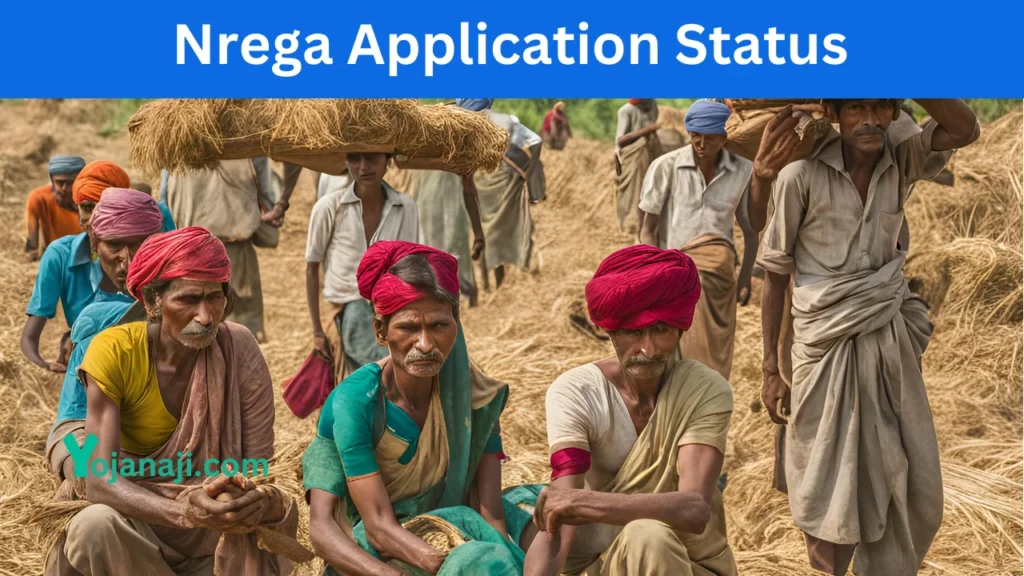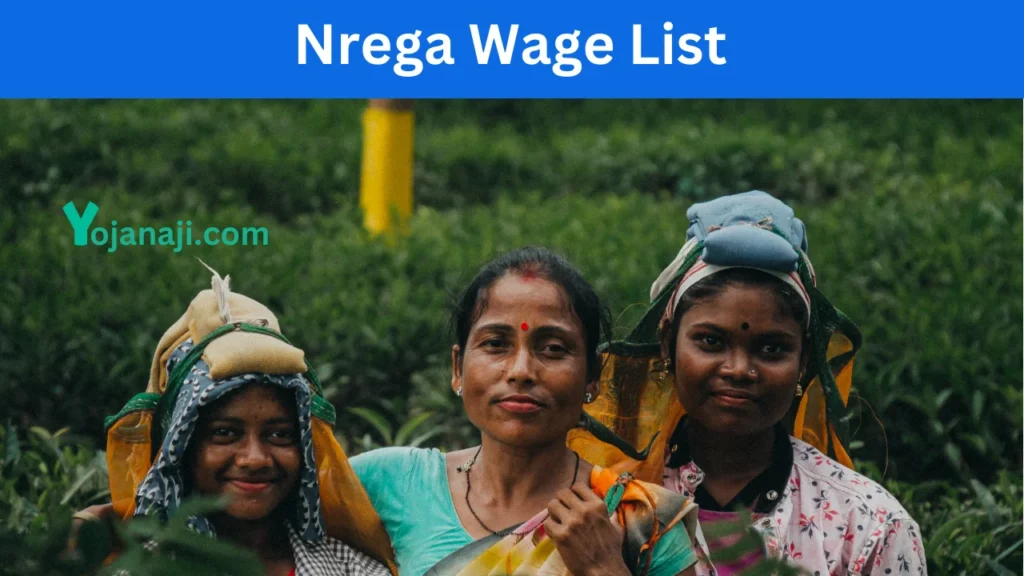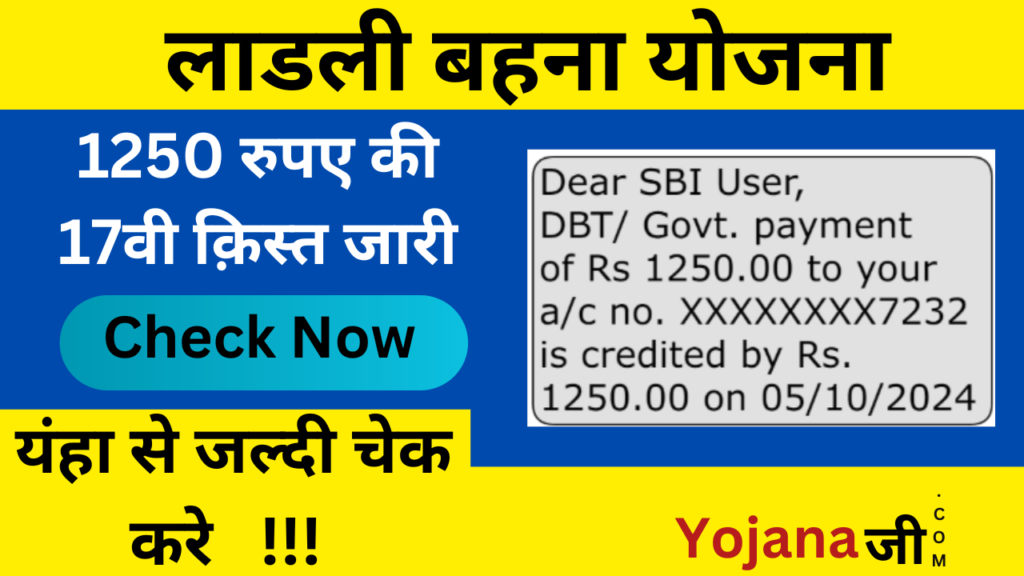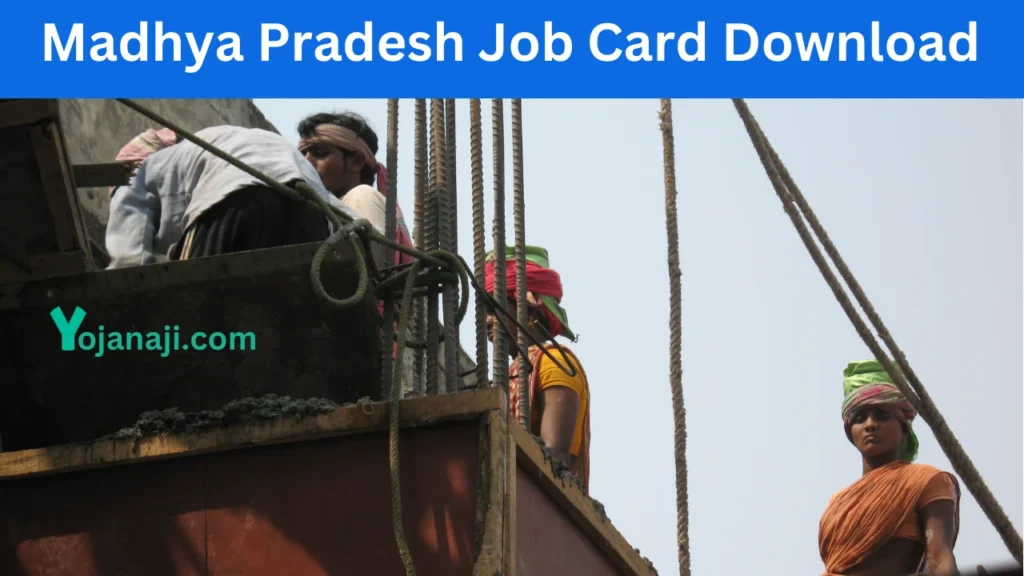The acronym NREGA stands for the National Rural Employment Guarantee Act, a pivotal legislation in India’s socio-economic landscape. Enacted in 2005, NREGA was a groundbreaking initiative aimed at addressing the chronic issue of rural unemploymentFull Form of NREGA and under employment. It sought to provide a legal guarantee for at least 100 days of wage employment in a financial year to every rural household whose adult members volunteer to do unskilled manual work. The Act’s implementation marked a significant shift in the Indian government’s approach towards tackling poverty and fostering inclusive growth.
NREGA’s primary objective was to enhance the livelihood security of people in rural areas by guaranteeing wage employment. By doing so, it aimed to create durable assets, rejuvenate natural resources, and stimulate the rural economy. The Act mandated that employment be provided within 15 days of the application for work, failing which an unemployment allowance would be paid. This provision was a radical departure from previous welfare schemes, as it established a right to employment, thereby empowering rural laborers and ensuring that the government remained accountable for providing work.
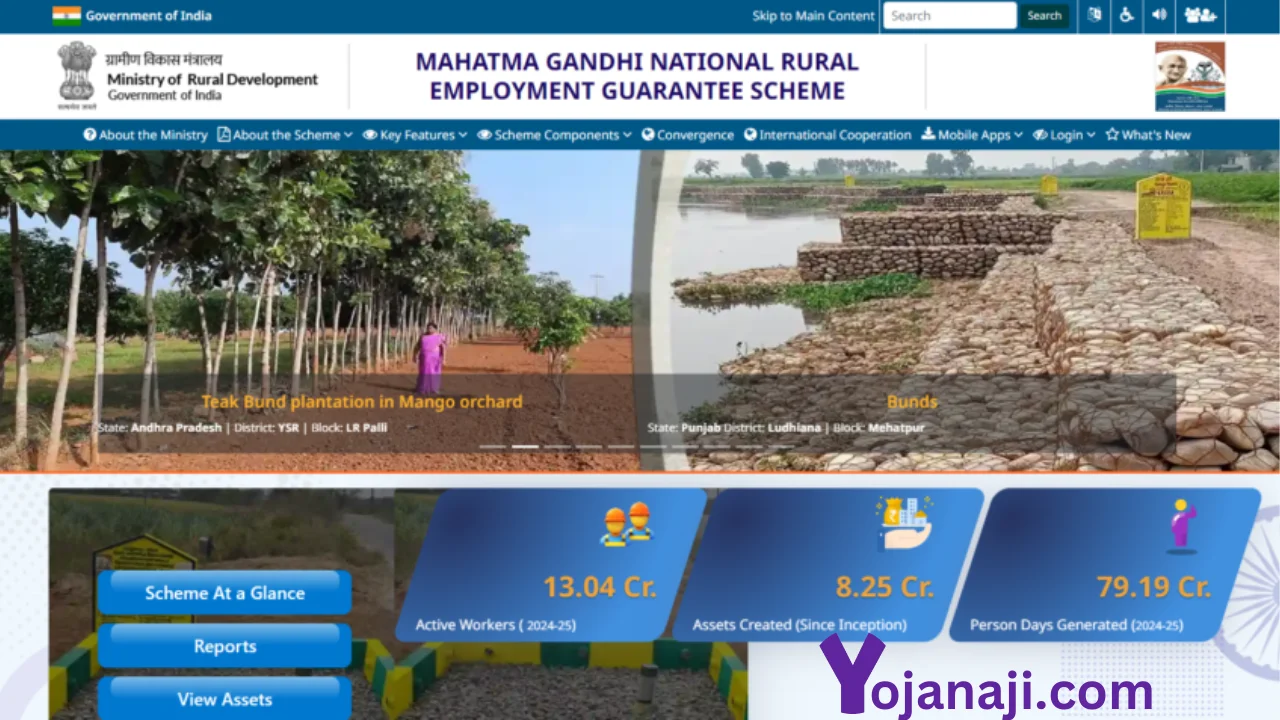
A unique feature of NREGA is its emphasis on decentralized planning and implementation. The Act involves Gram Panchayats (local village councils) as the principal authorities responsible for the planning and execution of works. This decentralized approach ensures that the projects undertaken are in line with local needs and priorities, fostering a sense of ownership and community participation. By empowering local bodies, NREGA aims to strengthen grassroots democracy and promote transparency and accountability in governance.
Another critical aspect of NREGA is its focus on creating productive assets that have long-term benefits for rural communities. The works undertaken under NREGA include water conservation, land development, afforestation, and the construction of rural infrastructure like roads and canals. These activities not only provide immediate employment but also contribute to the sustainable development of rural areas. For instance, water conservation measures help in drought-proofing, while land development projects improve agricultural productivity, thereby enhancing the overall economic resilience of rural communities.
💡 For more details see this post Nrega Registration
NREGA also incorporates several innovative features to ensure transparency and prevent corruption. One such feature is the use of social audits, where the community members themselves verify the works executed and the expenditures incurred. This participatory approach helps in identifying and addressing any discrepancies, ensuring that the benefits of the scheme reach the intended beneficiaries. Additionally, NREGA mandates the use of Information Technology (IT) for the maintenance of records and the disbursement of wages through bank accounts, reducing the scope for leakages and fraud.
The Mahatma Gandhi National Rural Employment Guarantee Act (MGNREGA), originally known as the National Rural Employment Guarantee Act (NREGA), was enacted in 2005 to provide a safety net for rural workers in India. This landmark legislation guarantees 100 days of wage employment in a financial year to every rural household whose adult members volunteer to do unskilled manual work. It aims to enhance livelihood security in rural areas by providing employment on demand and creating durable assets that can strengthen the rural economy.
One of the key features of MGNREGA is its demand-driven nature, meaning that work is provided when requested by eligible rural households. This ensures that the employment generated under the scheme responds to the actual needs of rural workers. The act mandates that if work is not provided within 15 days of application, the applicants are entitled to unemployment allowances. This provision empowers rural workers and holds local authorities accountable for the timely allocation of work.
MGNREGA also promotes gender equity by ensuring that women are actively involved in the workforce. The act stipulates that at least one-third of the beneficiaries should be women, and it encourages the creation of women-friendly work environments. This focus on women’s participation helps to reduce gender disparities in rural employment and enhances the socio-economic status of rural women.
The implementation of MGNREGA has contributed to the development of rural infrastructure through various projects like the construction of roads, wells, and water conservation structures. These assets not only provide immediate employment opportunities but also have long-term benefits for the community by improving access to resources and enhancing agricultural productivity. Such projects are intended to create a sustainable rural economy by improving the living conditions in these areas.
Despite its successes, MGNREGA faces several challenges, including delays in wage payments, issues with the quality of assets created, and the need for better monitoring and evaluation mechanisms. Addressing these challenges through reforms like enhancing digital infrastructure, streamlining payment processes, and strengthening accountability can further improve the effectiveness of the scheme. Overall, MGNREGA remains a critical tool for poverty alleviation and rural development in India.
Impact of Nrega
The impact of NREGA has been profound and far-reaching. It has provided a lifeline to millions of rural households, especially during periods of agrarian distress and economic downturns. The scheme has contributed to the reduction of poverty and migration from rural to urban areas by providing a source of income and employment close to home. Furthermore, by promoting gender equity through the participation of women in the workforce, NREGA has empowered women economically and socially, fostering greater gender inclusiveness in rural development.
Despite its successes, NREGA has also faced several challenges and criticisms. Issues such as delays in wage payments, inadequate funding, and poor implementation in certain regions have hindered its effectiveness. However, continuous efforts are being made to address these challenges through policy reforms and better management practices. The government’s commitment to strengthening NREGA is evident from the periodic increases in budgetary allocations and the introduction of measures to improve transparency and accountability.
- Uttar Pradesh Job Card List
- Punjab Job Card List
- Chhattisgarh Job Card List
- Odisha Job Card List
- Ladli Behna Awas Yojana List: लाड़ली बहना आवास योजना की नई लिस्ट जारी, अभी चेक करें अपना नाम
- PM Ujjwala Yojana 2025: फ्री गैस सिलेंडर के लिए ऑनलाइन फॉर्म भरना शुरू, जानें कैसे करें आवेदन
- NREGA Job Card Download
- Sukanya Samriddhi Yojana (SSY) Apply
- NREGA Registration Process
- NREGA MIS Report
- Bihar Job Card List
- PM Kisan 18th Installment: पीएम किसान योजना की 2000 रुपए की 18वीं किस्त जारी, जानें कैसे करें चेक
- Rajasthan Job Card List
- Jharkhand Job Card List
- Madhya Pradesh Job Card List
- Ladli Behna Yojana 17th Installment: लाडली बहना योजना की 1250 रुपए की 17वीं किस्त जारी, जानिए कैसे चेक करें
- NREGA Job Card List
- Full Form of NREGA- National Rural Employment Guarantee Act
- NREGA Wage List
- NREGA Application Status
Final Remarks
In conclusion, the National Rural Employment Guarantee Act (NREGA) stands as a testament to India’s dedication to social justice and economic inclusivity. By guaranteeing employment and fostering sustainable development, NREGA has transformed the rural landscape and uplifted countless lives. While challenges remain, the Act’s robust framework and the continued efforts to refine its implementation ensure that NREGA remains a cornerstone of India’s rural development strategy.

